- Author Jason Gerald [email protected].
- Public 2023-12-16 10:50.
- Last modified 2025-01-23 12:04.
For Windows and Mac computer users, changing the size of the desktop icons can be done simply by right-clicking the desktop and changing the settings in the "View", "View Options" or "Properties" menu. However, changing the icon size will be more difficult on Android and iPhone devices because both platforms do not support icon resizing. Fortunately, some Android device manufacturers have added an icon resizing feature to their devices. Also, don't be surprised if the icons displayed on your iOS device look so big-you can just turn off the zoom mode on the device. In this article, you can learn how to resize desktop icons on any version of Windows, Mac OS X, and some Android phones, and return an enlarged iPhone or iPad screen to its default size.
Step
Method 1 of 5: Disabling Zoom Mode on iOS
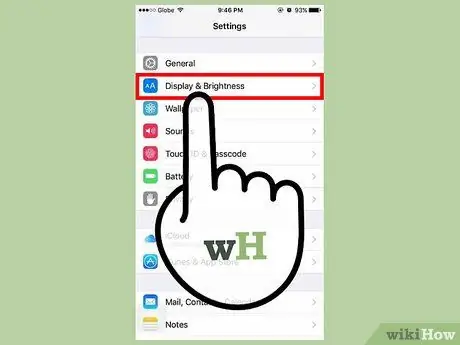
Step 1. Open the settings menu, then select “Display and Brightness”
While there is no way to change the icon size on an iPhone or iPad, there are ways you can follow to fix problems with large (and unusual) icon sizes on the screen. If zoom mode is enabled on your device, there is an easy way to disable it.
If the icon size is too large and makes it difficult for you to access the settings menu, double-tap the screen using three fingers to zoom out, and try accessing it again
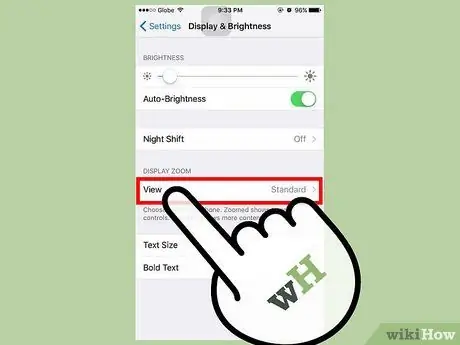
Step 2. Look for the “View” input under the “Display Mode” option
There may be two options displayed:
- Standard: If the display is set with this option, the zoom mode on your phone is not activated, and you cannot make existing icons appear smaller.
- Zoomed: If the view is set with this option, change the view with the “Standard” option to reduce the icon size.
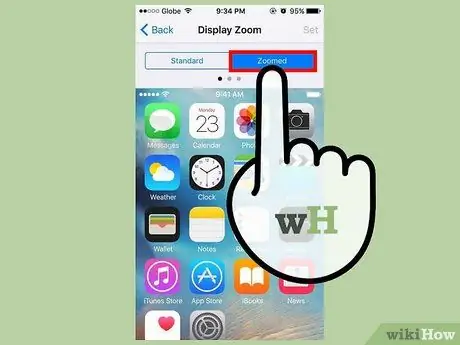
Step 3. Touch the “Zoomed” option (if available)
Now you can see a new screen with “Display Zoom” at the top.

Step 4. Touch the “Standard” option, then select “Set”
In this way, the size of the home screen and existing icons will be reduced to their normal size.
Method 2 of 5: Android
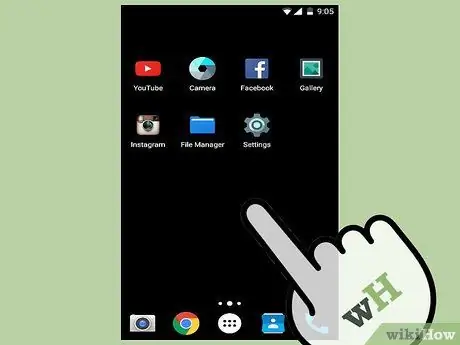
Step 1. Touch and hold your finger on an empty area on the desktop
Some Android device manufacturers embed a feature to change the icon size in the versions of Android they make. On some Sony phones (and possibly others), touching and holding your finger on an empty area of the desktop can open the toolbar from the bottom of the screen.

Step 2. Select “Home Settings” or “Desktop Settings”
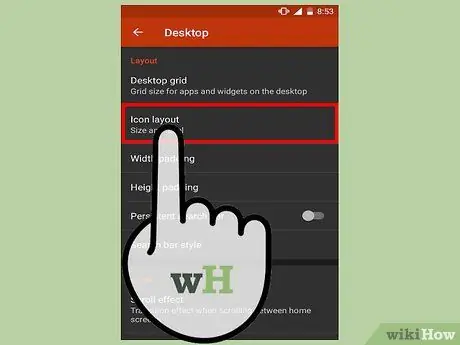
Step 3. Touch the “Icon Size” option to see the available icon size options
Some phones offer two options-large and small-while others offer more specific options to suit your preferences.
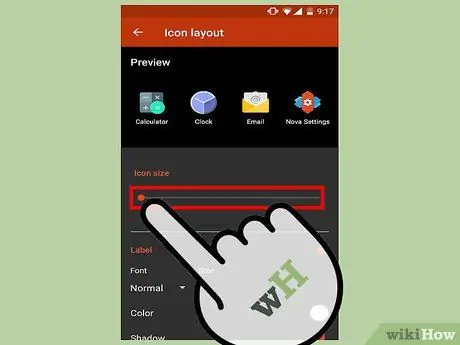
Step 4. Select “Small”, then navigate back to the desktop to see the changes
Method 3 of 5: Windows 10, 8.1, 7, and Vista
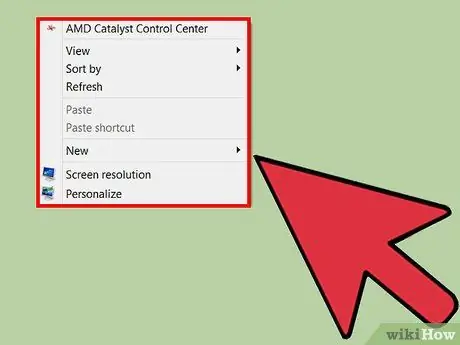
Step 1. Right-click on an empty area on the desktop
After that, a context menu will appear, along with several different options.
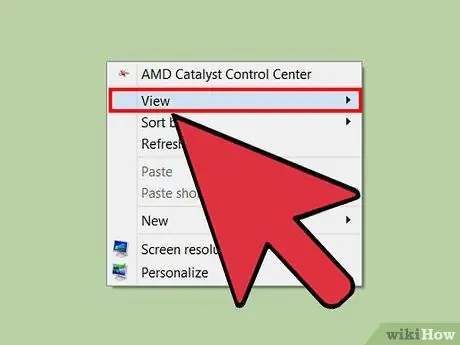
Step 2. Select “View” to open the next menu
The top three options displayed in this menu represent different icon size options. You can see that there is a check mark next to the size of the desktop icon that is currently showing.
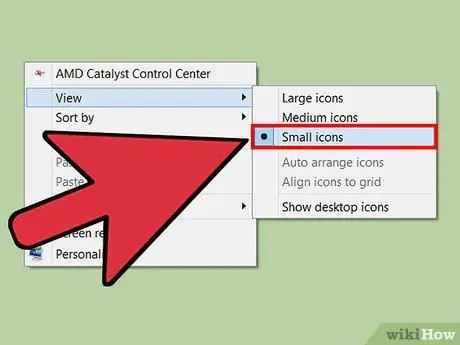
Step 3. Select “Medium” or “Small” to reduce the icon size
If your icon is currently set to large (“Large”), try reducing it to “Medium” first. If your icon size is currently “Medium”, change it to “Small”.
In Windows Vista, the “Small” option is renamed as “Classic”
Method 4 of 5: Mac OS X
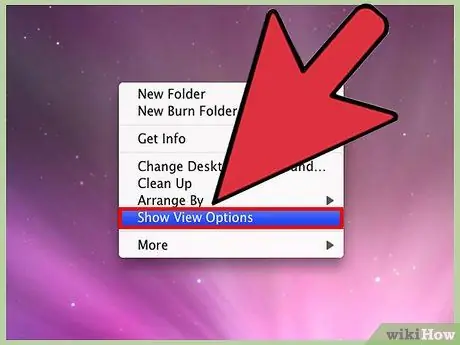
Step 1. Right-click an empty area on the desktop, then select “Show View Options”
After that, a dialog box containing the desktop change options will be displayed.

Step 2. Slide the switch under the “Icon Size” label to the left
The current icon size is shown (in pixels) next to the “Icon Size” label at the top of the window (eg 48 x 48). While sliding the switch towards the left, the icon size value will decrease.
- The smaller the number, the smaller the icon displayed.
- The smallest icon is 16 x 16 pixels, while the largest icon is 128 x 128 pixels.
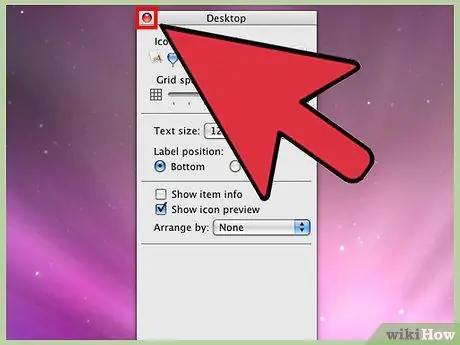
Step 3. Click the red “Close” button in the top corner of the window to save changes
If you are not satisfied with the icon changes, return to the “View Options” menu and try a different icon size.
Method 5 of 5: Windows XP

Step 1. Right-click on an empty area on the desktop, then click “Properties”

Step 2. Click the Advanced button
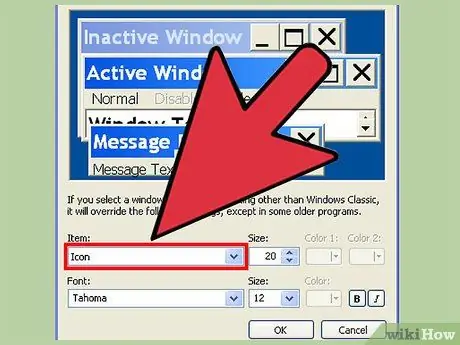
Step 3. Select “Icon” from the “Item” drop-down menu
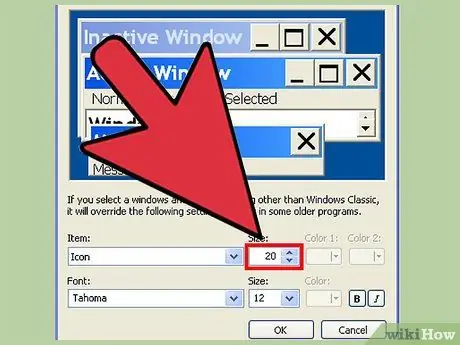
Step 4. Enter the smaller number in the “Size” field
On the right side of the column (which contains the current icon size in pixels), you can see two arrows-one pointing up and one pointing down. Click the downward-pointing arrow to decrease the number.
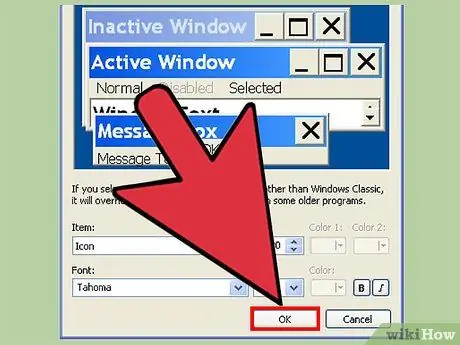
Step 5. Click “OK” to save changes and return to the desktop
If you are not satisfied with the new icon size, return to the “Advanced” window and adjust the icon size again.
Tips
- You can arrange the icons on the desktop manually by dragging them to the desired point. This can be done on both Windows and Mac computers.
- If you're using an Android device with a default user interface, and want to download new apps, you can try installing a new launcher app. Apps like this can change the appearance and overall desktop settings of the device. Often application launchers also come with a feature that allows you to rearrange icon sizes.






